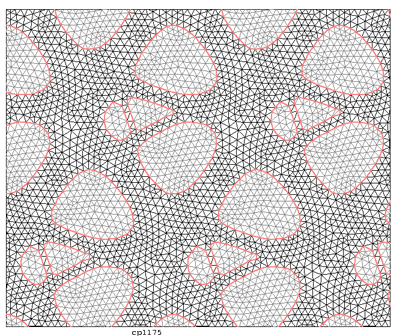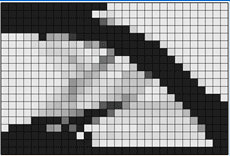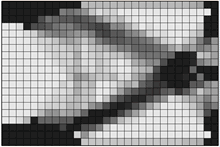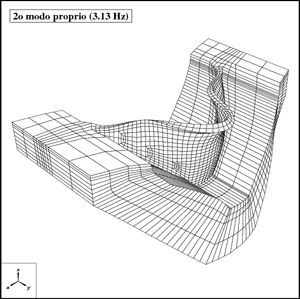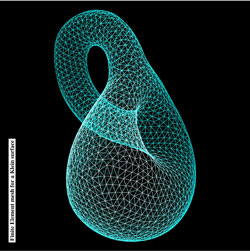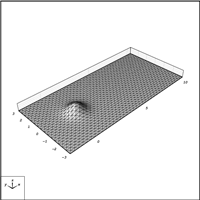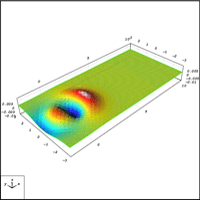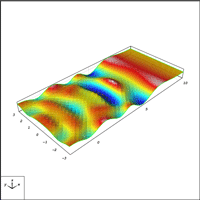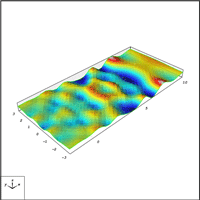Cristian Barbarosie and Anca-Maria Toader have developed work on periodic microstructures, which appear naturally through relaxation of certain structural optimization problems. This study is based on theoretical tools like homogenization theory which describes stationary phenomena like linear elasticity, and Bloch wave theory which describes dynamic phenomena like vibration and wave propagation. In this framework, the optimization techniques for (macroscopic) solid bodies are transposed to the microscopic level by means of variations in the geometry and in the topology of porosities and inclusions in the periodicity cell. Here are some published papers : C. Barbarosie, A.-M. Toader, Shape and Topology Optimization for Periodic Problems Part I: The shape and the topological derivative, Structural and Multidisciplinary Optimization, Volume 40, Numbers 1-6 / January, 2010, 381-391, preprint CMAF Pre-2008-016; Part II: optimization algorithm and numerical examples, Structural and Multidisciplinary Optimization, Volume 40, Numbers 1-6 / January, 2010, 393-408, preprint CMAF Pre-2008-017. See on the right the animation of the optimization process of a periodic microstructure whose bulk modulus is being maximized.
